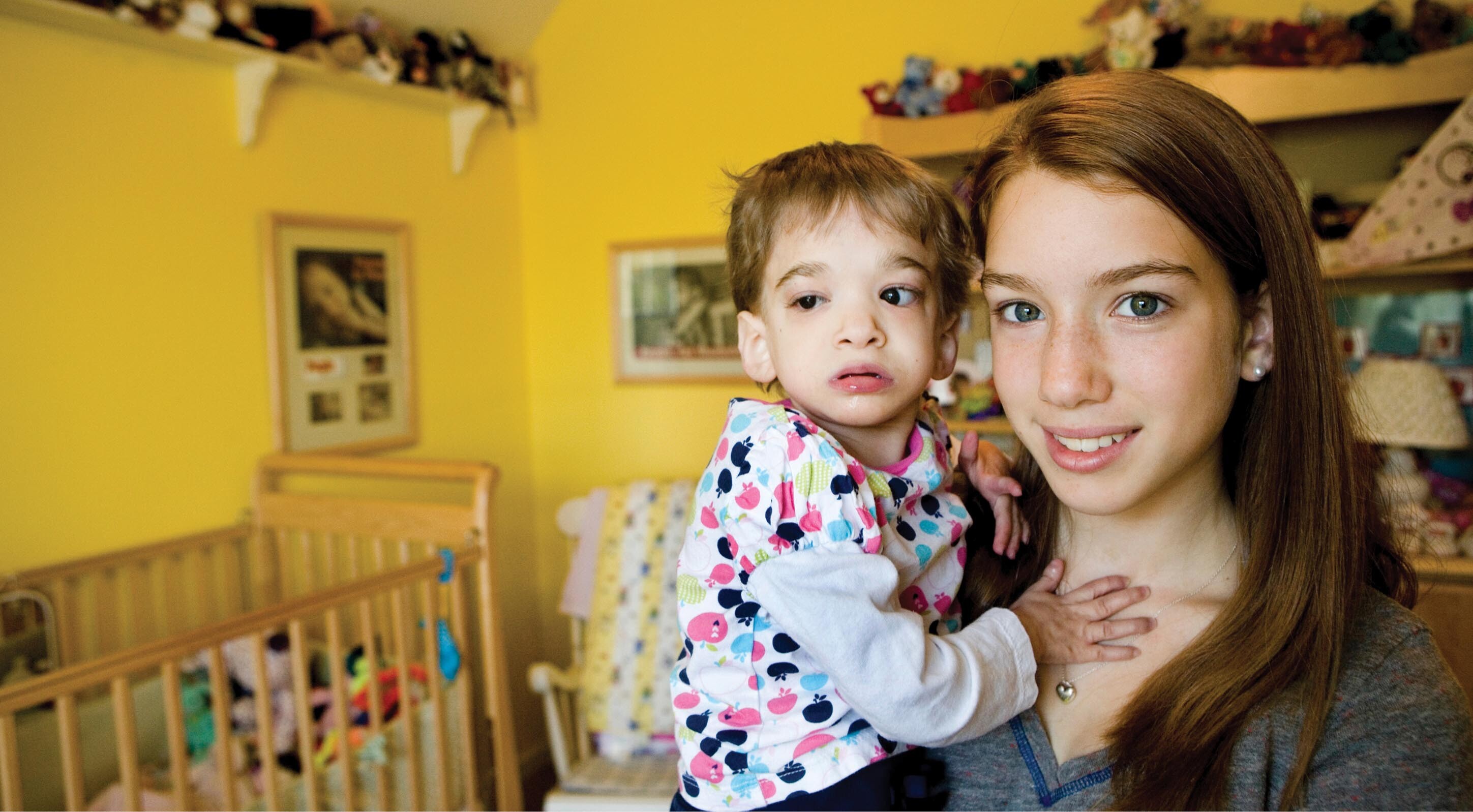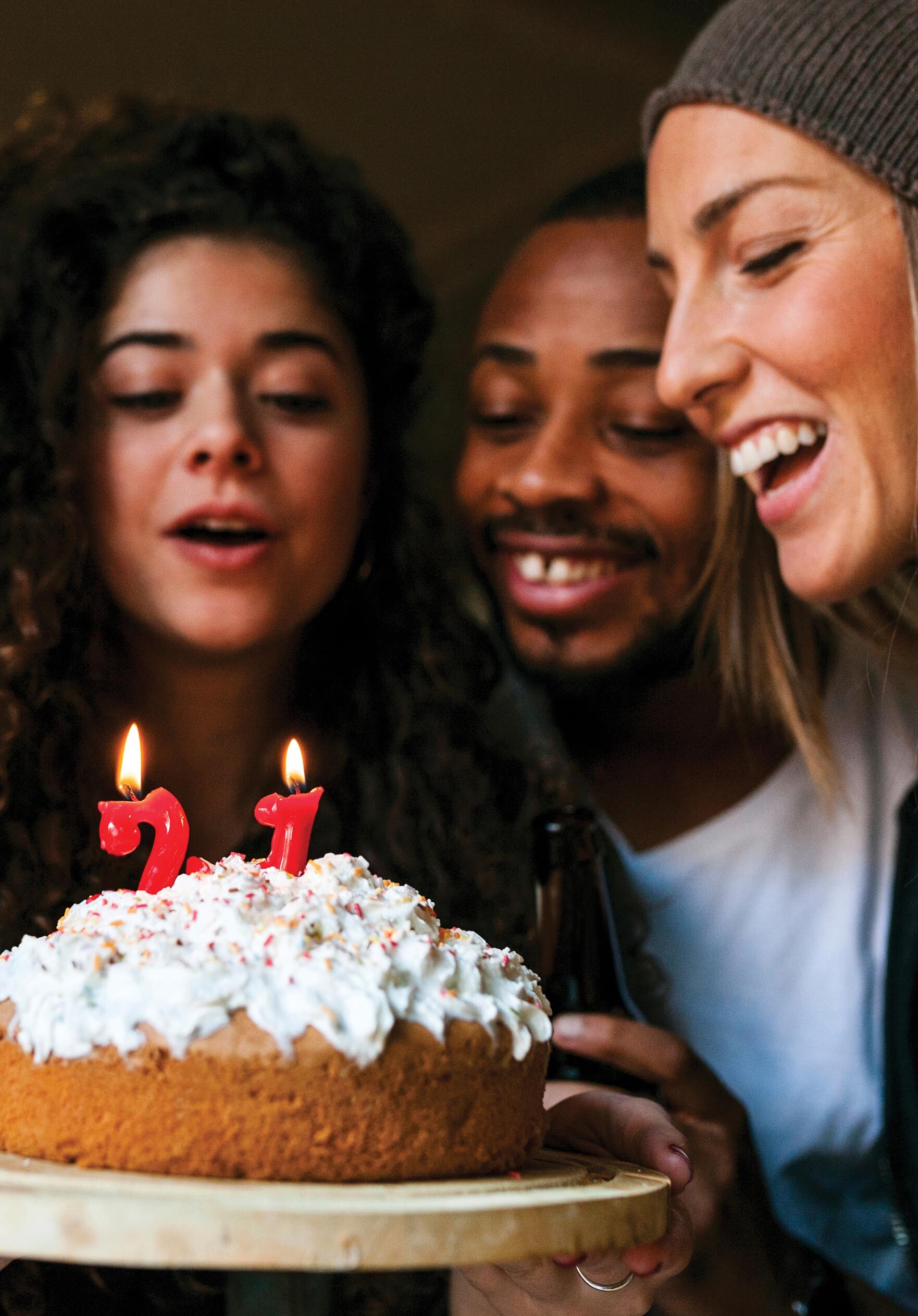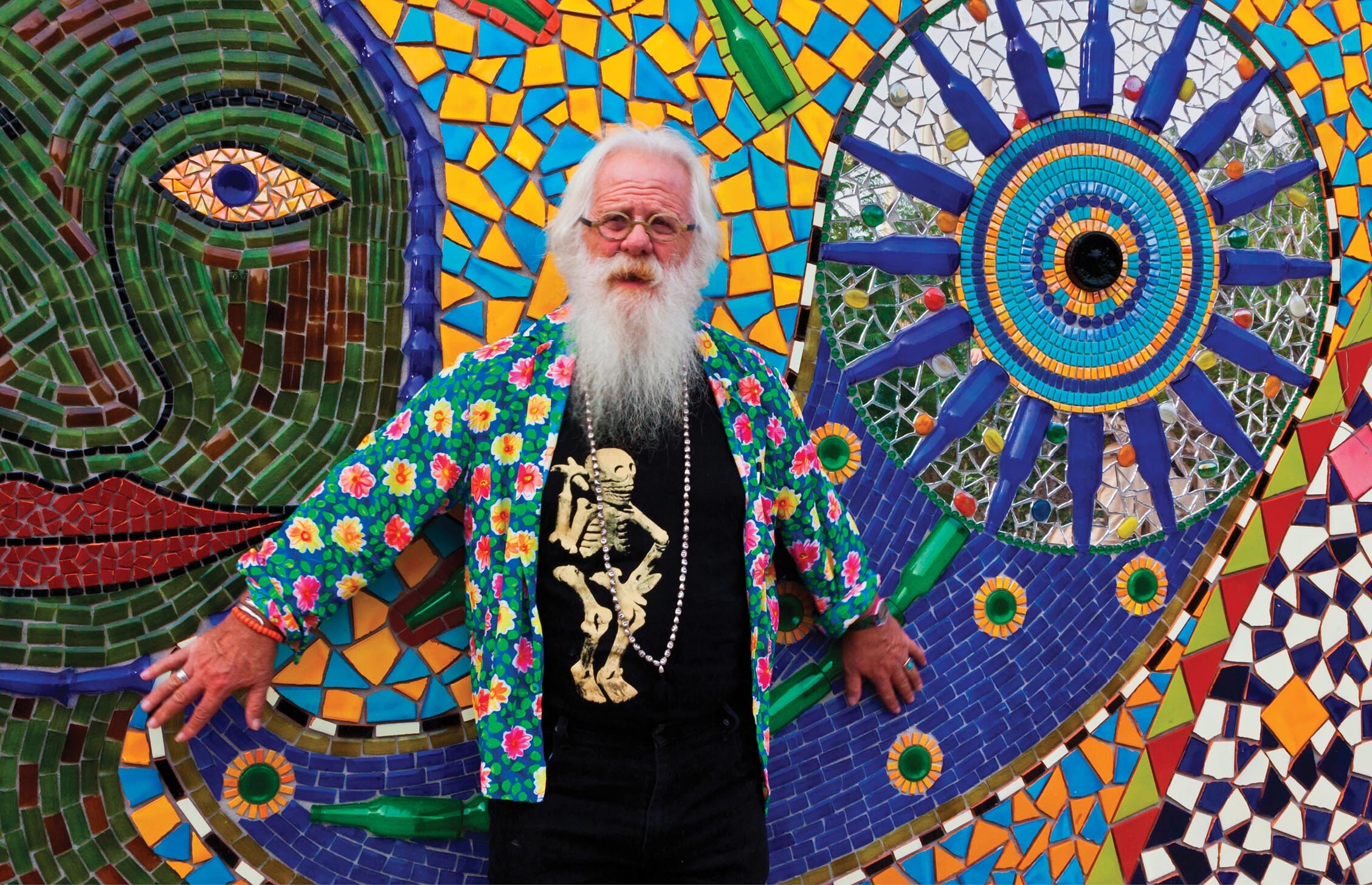BIG QUESTIONS
4 Development Across the Life Span


More information
Another boy and a girl are standing near her. Two glowing colorful numeric candles that read 21 are present on the cake.

More information
A printed image on the old man’s dress shows a skeleton standing.
“Today, young adults are taking longer to achieve traditional markers of maturity, such as getting married, starting careers, buying houses, and having children.” (p. 165)
STUCK IN TIME: VARIATIONS IN DEVELOPMENT
Are you the same person you were at age 8? Almost certainly the answer is no. As virtually all people do, you have changed in many ways over the years. Can you guess the age of the infant in this photo (see first photo)? Her name was Brooke Greenberg, and in this photo she was 19 years old. She was being held by her younger sister, 16-year-old Carly. In 1993, Brooke was born prematurely. At first, she seemed to develop like other infants. But at about the age of 19 months, after experiencing various medical problems, Brooke stopped growing. Her brain also seemed to stop developing. In many ways, Brooke seemed to be “frozen” as a toddler. At age 16, she had the bone development of a 10-year-old, but she still had all of her baby teeth. She wore diapers. Her family took care of Brooke her entire life. When she died in 2013, she was 20 years old but still looked like a toddler.
Unlike Brooke, people usually change throughout the course of their lives. What causes those changes? Psychologists have long debated the contributions of nature and nurture to human development. Nearly all now agree that nature and nurture are equally important, and current research focuses on how, exactly, genes and experiences interact to make us who we are. This chapter will give you insight into the ways biological and environmental forces have worked together to shape the person you’ve become.